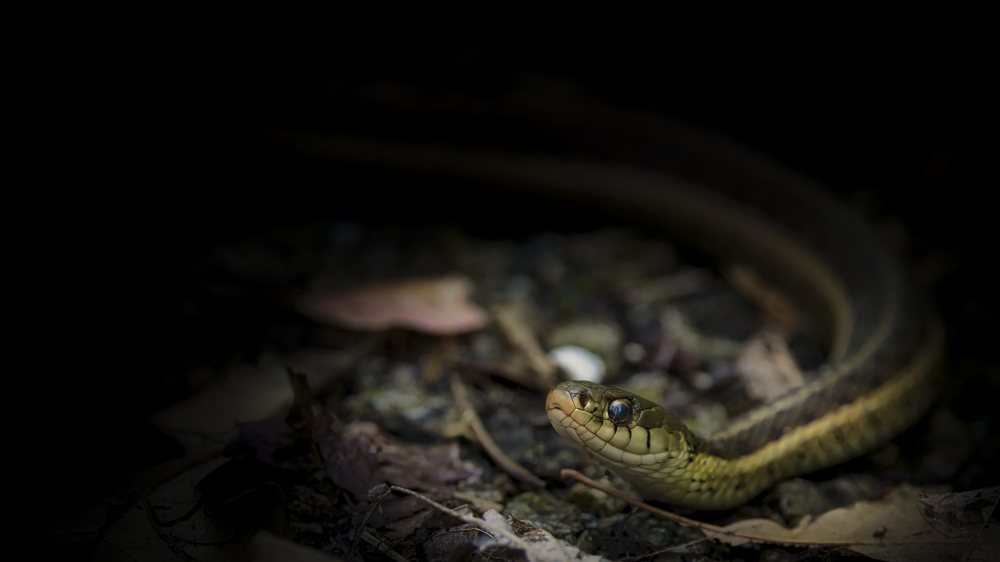
Canadian Tiger Swallowtail
(Papilio canadensis)
The Canadian Tiger Swallowtail, also known as Papilio canadensis, is a butterfly species native to Canada. It belongs to the family Papilionidae, which includes some of the most beautiful and recognizable butterflies in the world. Here are some key facts about the Canadian Tiger Swallowtail:
Appearance:
The Canadian Tiger Swallowtail is a large butterfly with a wingspan ranging from 7 to 9.5 centimeters. The upper side of its wings is predominantly yellow with bold black stripes, resembling the stripes of a tiger. The intensity and thickness of the black stripes vary between males and females. Females have wider and more pronounced black stripes along the edges of their wings compared to males. The underside of the wings is pale yellow with blue and orange spots near the tail.
Habitat:
These butterflies can be found across various habitats in Canada, including forests, meadows, gardens, and parks. They are particularly abundant in areas where there are plenty of nectar sources and suitable larval host plants. The Canadian Tiger Swallowtail has adapted well to both natural and human-altered landscapes.
Life Cycle:
Like all butterflies, the Canadian Tiger Swallowtail undergoes a complete metamorphosis consisting of four stages: egg, larva (caterpillar), pupa (chrysalis), and adult butterfly. The female butterfly lays spherical greenish-yellow eggs on the leaves of host plants, which commonly include birch, poplar, and willow trees. The caterpillars are green with black markings and undergo several molts as they grow. After their final molt, they form a chrysalis, which is brown and camouflaged, and undergo a remarkable transformation inside. After a period of time, an adult butterfly emerges from the chrysalis, ready to continue the life cycle.
Behavior:
Canadian Tiger Swallowtails are diurnal butterflies, meaning they are active during the day. They are often seen gracefully fluttering from flower to flower, feeding on nectar. Their flight is slow and leisurely, allowing observers to appreciate their beauty. The bright colors of the butterfly serve as a form of defense, as they can mimic the appearance of toxic or unpleasant-tasting butterflies, deterring potential predators.
Conservation:
The Canadian Tiger Swallowtail is not currently considered a threatened or endangered species. However, like many butterfly species, it faces challenges due to habitat loss and degradation caused by human activities such as urbanization and agriculture. Conserving natural habitats, planting native flowering plants, and minimizing the use of pesticides are crucial for the continued survival of these stunning butterflies.
The Canadian Tiger Swallowtail is a beloved and iconic species, adding beauty and charm to Canada's natural landscapes. Its distinctive appearance and gentle flight make it a delight for butterfly enthusiasts and nature lovers alike.
